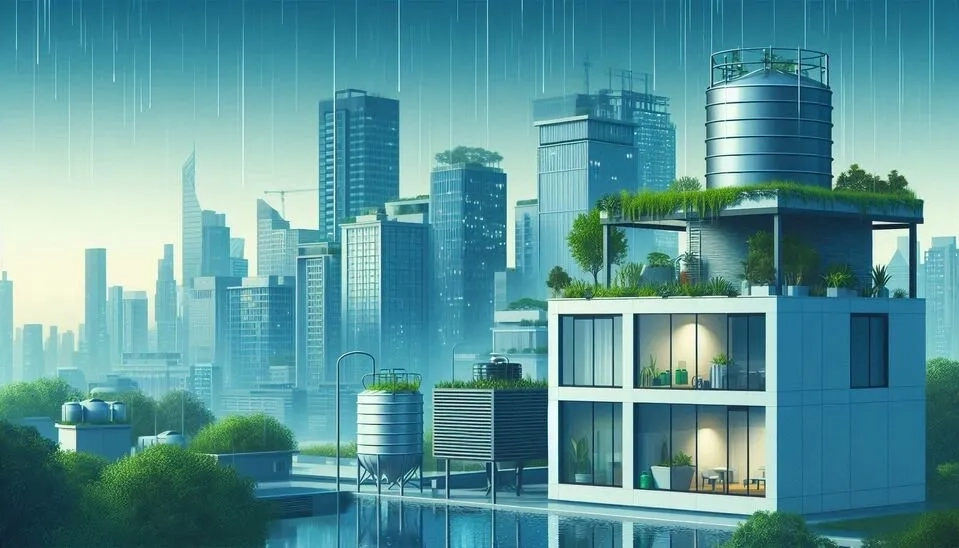
With over 90% of the world's urban areas facing water scarcity, rainwater harvesting in urban areas has the potential to make a significant impact on water resources by reducing the demand for treated water from traditional sources. In fact, according to a study by the United Nations Development Programme, rainwater harvesting can provide up to 50% of the water supply for households in urban areas, reducing the pressure on traditional sources of water and promoting sustainable water management practices.
Rainwater harvesting is a solution that has been around for centuries and is making a comeback as a sustainable alternative source of water supply. The urban population is growing rapidly, and this has led to an increase in the demand for water resources (Phillips et al. 2022). Since water resources are becoming increasingly scarce, it is more necessary to investigate alternative sources of water. One such alternative is rainwater harvesting. This involves collecting and storing rainwater for various purposes. This article will explore the concept of rainwater harvesting in urban areas, the development of RainWater Harvesting Systems (RWHS) in urban areas, the potential applicability of rainwater harvesting in urban areas, and its potential as an additional water supply source (Nachson et al. 2022; Ezzeldin et al. 2022).
Rainwater harvesting is not a new concept, and people have been collecting rainwater for centuries. Recently there has been renewed interest in rainwater harvesting as an alternative water supply source (Jain et al. 2022). Urban areas, with their abundance of impervious surfaces like rooftops, pavements, and roads, offer ample opportunities for rainwater collection. revise it: The collected rainwater can be utilized for various purposes, including domestic use, irrigation, and industrial processes (Andualem et al. 2020). The article will discuss the development of rainwater harvesting systems in urban areas, explore the economic and environmental benefits of rainwater harvesting, and emphasize the importance of proper installation.
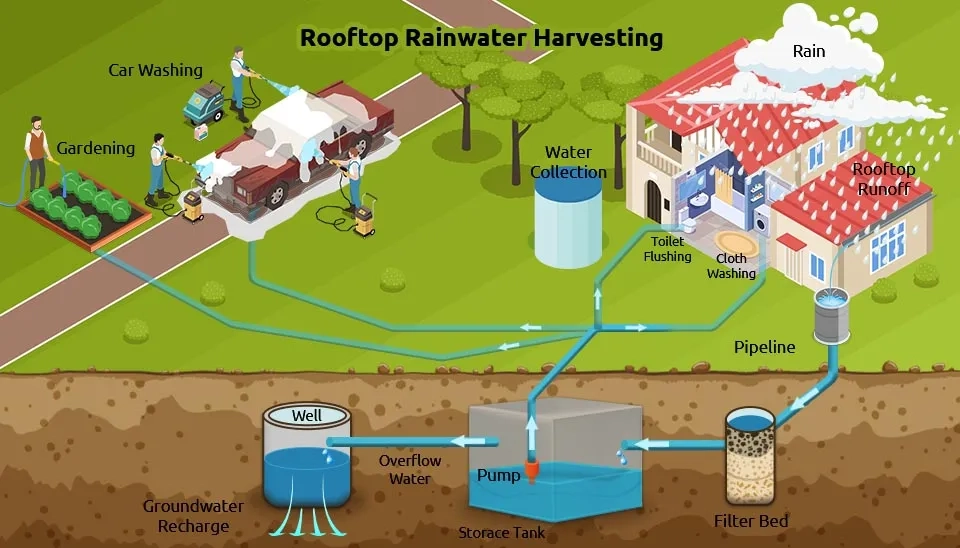
1. Advantages of Rainwater Harvesting
One of the main advantages of rainwater harvesting is that it can reduce the demand for traditional sources of water supply. The availability of traditional sources of water supply, such as rivers and groundwater, is becoming increasingly scarce, and experts predict a significant increase in water demand in the coming years (Haque et al. 2016). Rainwater harvesting can provide a reliable and sustainable source of water supply, particularly in areas where traditional sources of water supply are scarce or contaminated (Khanal et al. 2020).
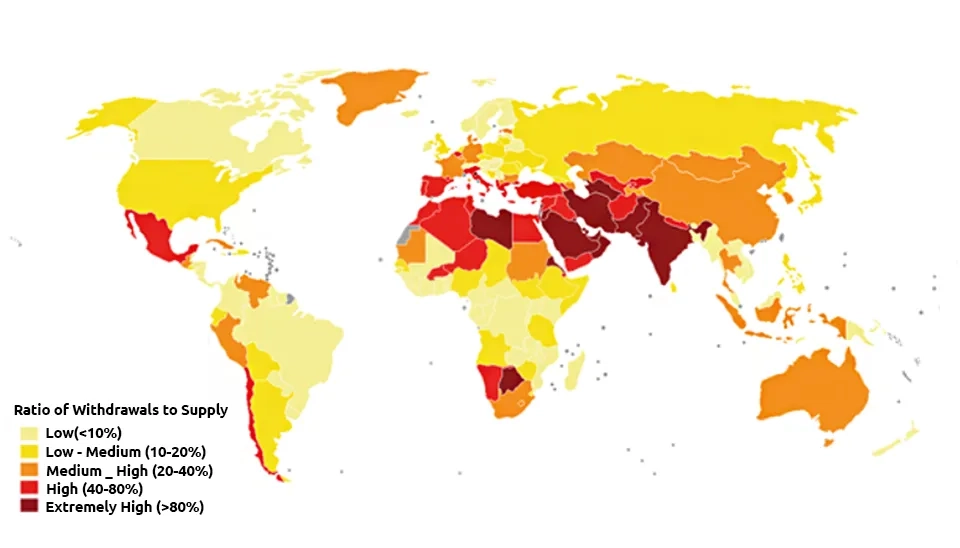
2. Alternative Source of Water Supply in Urban Areas
The development of RWHS in urban areas is essential for the successful implementation of rainwater harvesting as an alternative source of water supply. The design of RWHS in urban areas depends on various factors, such as the amount of rainfall, the size of the catchment area, and the intended use of the harvested water (Andualem et al. 2020; Martínez-Acosta et al. 2019). The system can be designed to be simple or complex, depending on the user's requirements.
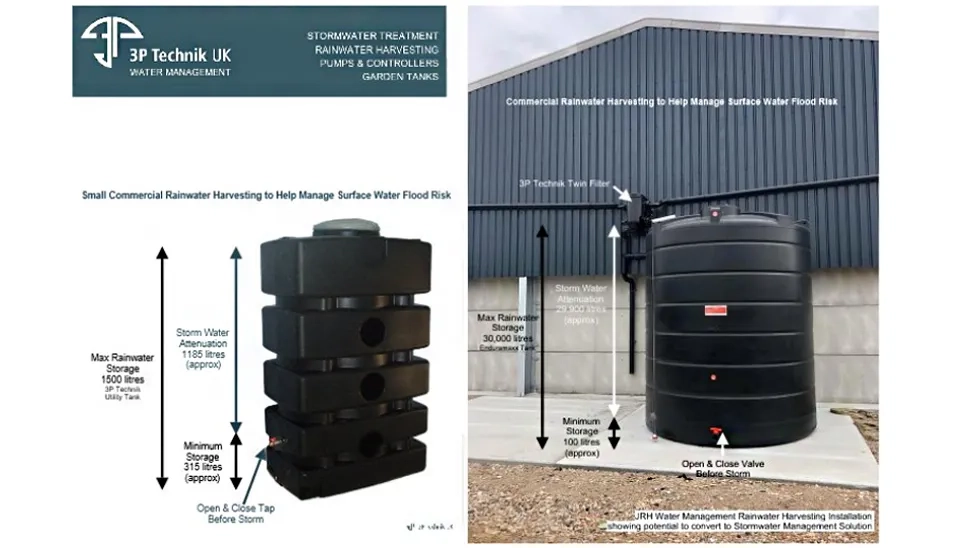
3. The Design of a Rainwater Harvesting System
The catchment area is one of the key components of a rainwater harvesting system in urban areas (Xu et al. 2023). The catchment area can be any impervious surface, such as rooftops, pavements, and roads. The collected rainwater is then conveyed through a series of gutters and pipes to a storage tank. The storage tank can be located above or below ground. The water from the storage tank can be used for various purposes, such as domestic use, irrigation, and industrial processes (Foo et al. 2017).
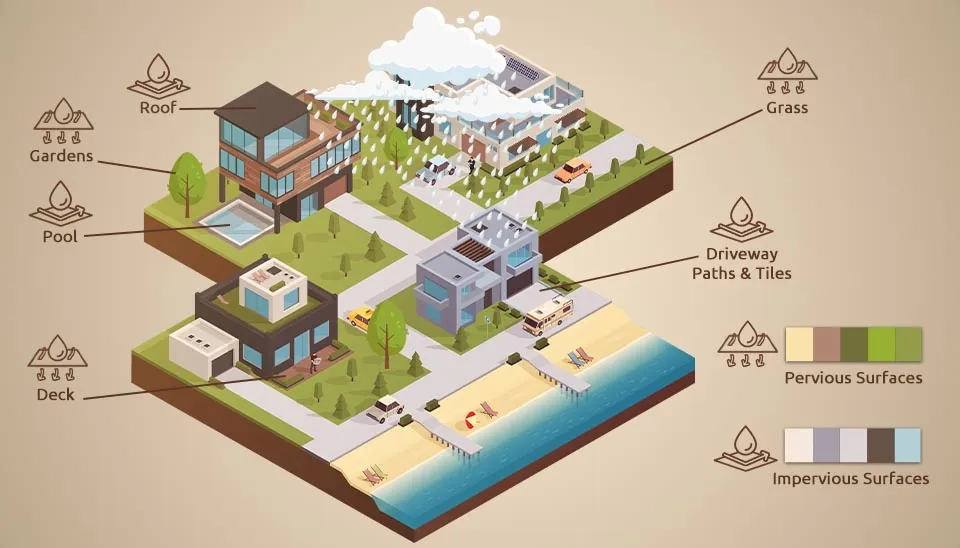
The design of a rainwater harvesting system in urban areas should take into account the rainfall patterns in the region (Ndiritu et al., 2018). The amount of rainfall will determine the size of the catchment area and the storage tank. The system should also be designed to be easy to maintain and operate.
4. Applicability of Rainwater Harvesting in Urban Areas
The practice of rainwater harvesting becomes particularly applicable in areas where traditional sources of water supply are scarce or contaminated. In urban areas, rainwater harvesting can provide a reliable and sustainable source of water supply (Marathe, M. 2019). Additionally, rainwater harvesting can reduce the demand for traditional sources of water supply, which can help conserve these resources for future generations. Rainwater harvesting can also help to reduce the risk of flooding in urban areas by reducing the amount of stormwater runoff, which can cause flooding and erosion (Araujo et al., 2021). Furthermore, rainwater harvesting can improve water quality by reducing the amount of pollutants in stormwater runoff.
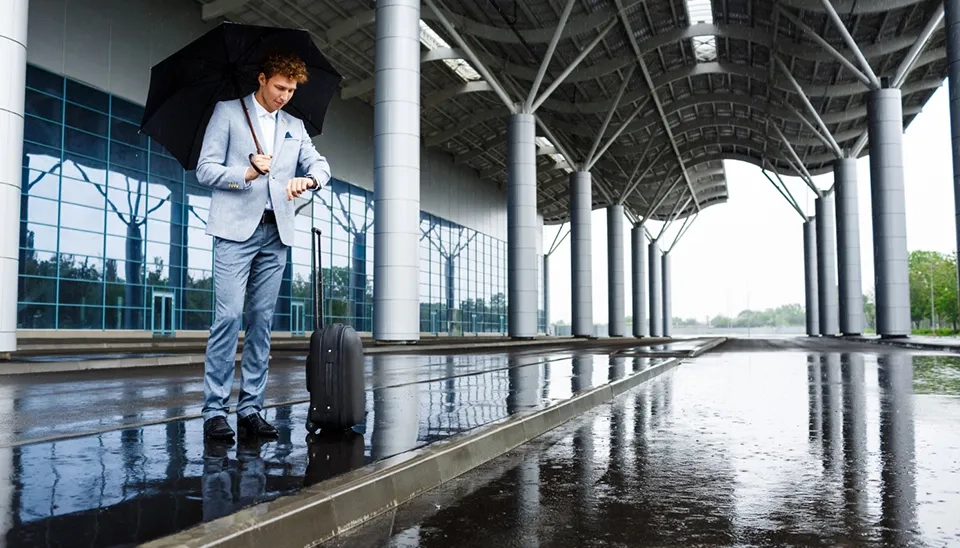
5. Additional Sources of Water Supply in Urban Areas
Rainwater harvesting serves as an additional source of water supply in urban areas. With the world's population growing rapidly and climate change affecting water availability, the need for alternative sources of water supply has become more pressing than ever. Rainwater harvesting is one such alternative that deserves more attention and investment (Saidan et al., 2015). Rainwater harvesting can provide an additional source of water supply in urban areas, particularly during periods of drought or water scarcity. In addition, rainwater harvesting can reduce the demand for traditional sources of water supply, which can help to conserve these resources for future generations. The installation of RWHS in urban areas is essential for the successful implementation of rainwater harvesting as an alternative source of water supply (van Dijk et al. 2020). Although the installation of RWHS can be costly, the benefits of rainwater harvesting outweigh the costs. Rainwater harvesting can be an effective means of adapting to the impacts of climate change, providing a reliable and sustainable source of water supply, particularly during periods of drought or water scarcity (Gomez et al. 2017). Governments, communities, and individuals can play a critical role in promoting rainwater harvesting in urban areas. Governments can provide incentives and regulations to encourage the installation of RWHS in urban areas (Zhang et al. 2022). Communities can raise awareness about the benefits of rainwater harvesting and encourage its adoption. Individuals can install RWHS in their homes and businesses to reduce their reliance on traditional sources of water supply.

6. Conclusion
In conclusion, rainwater harvesting is a promising alternative source of water supply that can be used in urban areas. It can help to reduce the demand for traditional sources of water supply, improve water quality, and reduce the risk of flooding in urban areas. To ensure the sustainable management of water resources for future generations, governments, communities, and individuals should encourage and support the development of RWHS in urban areas. With the world's population growing rapidly and climate change affecting water availability, the need for alternative sources of water supply has become more pressing than ever. Rainwater harvesting is one such alternative that deserves more attention and investment.